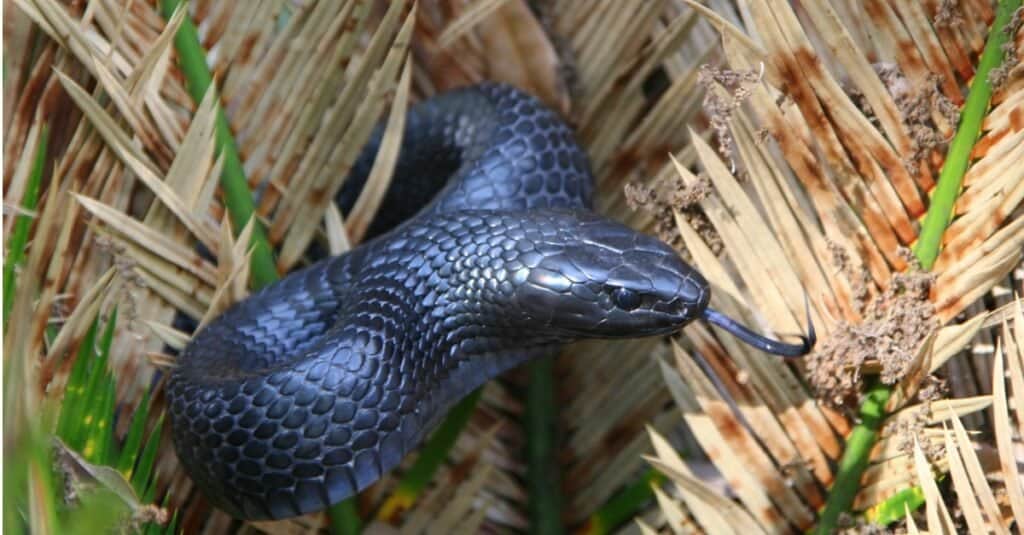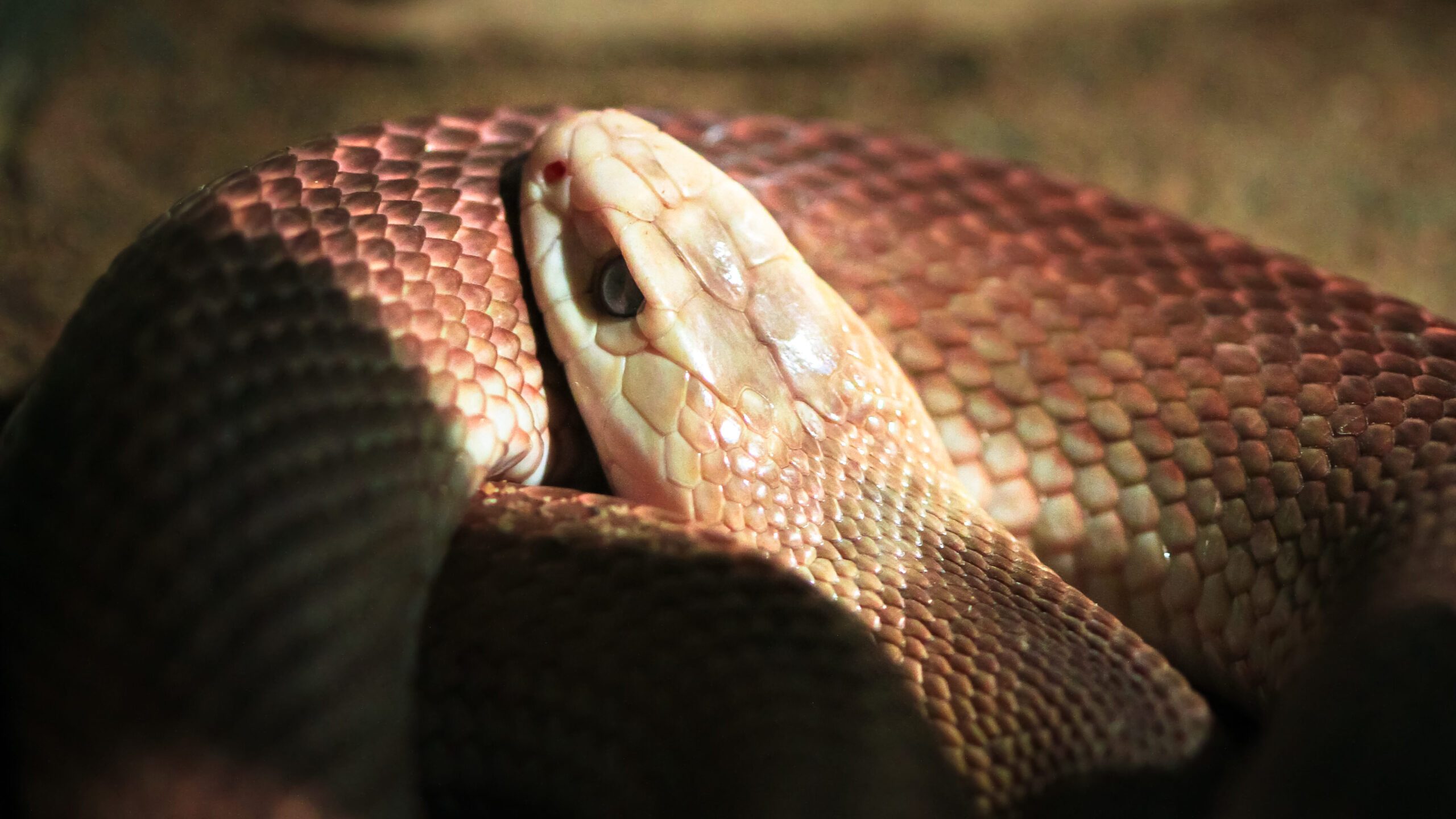Introduction
When it comes to the remarkable globe of snakes, few varieties capture the creativity rather like the baby tiger serpent. Recognized for their distinct pigmentation and potent venom, these snakes are an integral component of Australia's special ecological community. In this detailed article, we will look into numerous facets of child tiger snakes, including their habits, habitat, and just how to safely connect with them. Whether you're a wild animals enthusiast or merely curious about these creatures, comprehending baby tiger snakes can help Habitat locations of Australia’s most venomous snakes foster a much deeper appreciation for nature.
Baby Tiger Snakes: What You Required to Learn About Their Actions and Habitat
What Are Baby Tiger Snakes?
Baby tiger serpents are adolescent forms of the highly poisonous species known clinically as Notechis scutatus These snakes are mostly located in seaside areas of Australia, specifically in Tasmania and southerly Victoria. As they grow, their coloration adjustments from a much more muted palette to the characteristic yellow and black bands that provide their name.
One significant facet of infant tiger snakes is their size; hatchlings normally determine around 25-30 cm in length. In spite of their small stature, they possess a shocking amount of poison that can be harmful to human beings if bitten.
Physical Characteristics
Tiger serpents possess several essential physical traits:
- Coloration: The unique banding pattern usually ends up being much more noticable as they mature. Size: Adults can reach lengths of as much as 2 meters. Body Shape: They have a robust body that assists in swimming and earthbound movement.
Where Do Baby Tiger Snakes Live? Comprehending Their Habitat
Understanding the environment choices of baby tiger serpents is essential for both conservation initiatives and public safety and security. These serpents grow in various environments:
- Wetlands: Marshes and swamps offer enough searching grounds. Coastal Regions: Typically found near beaches where they can search for prey. Woodlands: Thick greenery supplies cover from predators.
Geographical Distribution
Tiger snakes are mainly found along Australia's southern coastline, consisting of:
- Tasmania: Home to one of one of the most notorious populations. Victoria: Specifically in locations near water bodies.
Are Tiger Snakes Venomous? A Deep Study Their Venom
One usual inquiry develops when discussing child tiger serpents: "Are tiger snakes poisonous?" The response is a definite yes!
Venom Composition
The poison of tiger snakes consists of neurotoxins that can trigger paralysis, coagulopathy (blood clotting issues), and possibly fatality if neglected. Right here's what you require to recognize:
- Effects on Humans: A bite from a tiger snake can cause signs like swelling, pain at the bite website, nausea, and even breathing failure.
Comparison with Other Venomous Snakes
In comparison to various other Australian serpents such as the eastern brown serpent or king brown snake, tiger serpent poison is taken into consideration among one of the most potent. Nevertheless, deaths are unusual as a result of better medical therapies and access to antivenom.

Behavioral Patterns of Infant Tiger Snakes
Understanding exactly how baby tiger snakes act is essential for those that reside in or check out areas where these reptiles are prevalent.
Nocturnal Habits
Most child tiger serpents show nocturnal behavior. They often tend to forage for food throughout cooler evening temperatures. This versatility helps them avoid killers while enhancing their searching efficiency.
Hunting Techniques
Their searching techniques consist of:
- Ambush Predation: Waiting motionless up until victim comes close. Active Foraging: Actively relocating with vegetation or along waterways trying to find food.
First Help for Snake Bites: What You Ought to Know
Despite being remarkable animals, encounters with infant tiger Toxin Neutralization serpents can bring about hazardous circumstances if attacks happen. Recognizing emergency treatment treatments can save lives.

Immediate Steps After a Bite
Remain tranquility; panic increases heart rate. Immobilize the impacted limb making use of a splint or bandage. Seek prompt clinical attention-- antivenom may be necessary.Creating a Snake Bite First Aid Kit
A well-prepared first aid set should include:
|Thing|Function|| ------------------------------|--------------------------------------|| Compression plaster|To debilitate the limb|| Splint|Supports damaged bones or joints|| Antihistamines|Alleviates allergies|| Emergency call numbers|Quick accessibility throughout emergency situations|
Common Myths About Tiger Snakes Debunked
Many misconceptions surround these intriguing reptiles; allow's clear up some mistaken beliefs typically held by people.
Myth # 1: All Tiger Snakes Are Aggressive
While some people may display protective habits when threatened, not all tiger snakes display screen hostility in the direction of human beings unless provoked.
Myth # 2: Child Tiger Snakes Are Less Harmful Than Adults
This myth might not be better from the reality! Child tiger serpents include almost as much poison as grownups about Yellow faced whip snake bite treatment their dimension; thus they position significant dangers if bitten.

FAQs Concerning Infant Tiger Snakes
What do baby tiger snakes eat?- They largely consume tiny mammals, birds, frogs, and fish.
- Look for slim bodies with pale banding patterns that become extra noticable as they mature.
- Yes! Birds of prey and bigger reptiles might target them.
- Typically every couple of weeks as they grow rapidly throughout their early life stages.
- While some people do maintain them unlawfully without authorizations because of their harmful nature; it's normally not suggested given their venomous status.
- With timely medical treatment-- including antivenom-- the survival price is high!
Conclusion
In recap, understanding child tiger serpents-- what they consume, where they live, how they act-- can outfit us with useful expertise regarding these remarkable yet hazardous animals. The importance of education surrounding first aid measures can not be overemphasized; recognizing just how to react successfully after a bite could save lives while fostering respect for our slinking next-door neighbors within Australia's abundant biodiversity range.
By valuing these serpents' duties within environments-- and identifying possible risks-- we promote conjunction as opposed to fear-based responses towards each other's existence in nature's grand tapestry! Whether you're an enthusiastic walker considering your following journey or just interested concerning neighborhood wildlife experiences near home-- this guide serves as your relied on reference factor on the enigmatic globe lived in by our good friends-- the amazing baby tiger snake!